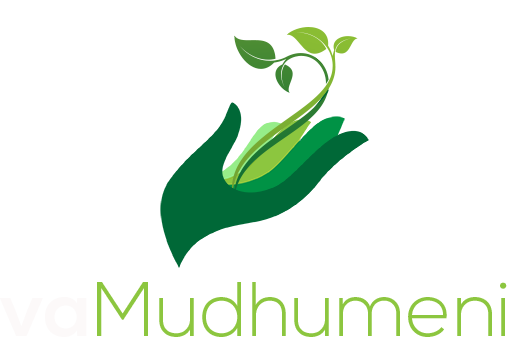Peas require very little care. If you follow a few basic rules, then your harvest should do just fine. Here is what you need to know:
- Water Sparingly
You don’t need to water peas very often. The weather will probably take care of most of the watering for you because of the time of year.
However, if the peas begin to wilt, then you’ll know to water them more often. Go by the looks of your peas to see if they need additional water or not. - Don’t Fertilize Much
Peas don’t require much fertilizer. You can add some sparingly if you think your plants appear to be in need of nutrients.
But beware of adding too much because peas don’t want or need much nitrogen. If you add too much to the soil, you can damage your crop. - Don’t Hoe Your Garden
A lot of times we’ll see weeds coming through in our crops and think that we need to begin pulling them or hoeing our garden.
In this case, don’t do that. Peas’ roots are shallow, and you can easily damage them if you hoe your garden too rough. - Rotate Crops and Mulch
Peas can attract diseases that form in the soil. With this in mind, it is a good idea to rotate your pea crop ever two years.
Also, it is a good idea to mulch around your peas. This will help to keep weeds down, the soil cooler, and moisture in.
Common Problems with Peas - Every plant has its problems. Peas are no different. Here is what you need to be aware of when growing peas:
Aphids
Aphids are a threat to many plants because they seem to show up in almost every garden. They are tiny bugs that cause problems with your plants, but also leave a residue that draws even more pests to your garden.
Also, you will notice that you have aphids (aside from seeing them) if your plants’ leaves become discolored or misshapen. You will see the sticky residue on your plants as well.
Solution:
If you have aphids, you’ll want to get rid of them. You can try to spray your plants with cold water to get them to dislodge from the leaves. You can also try dusting your plants with flour.
Finally, try using an insecticidal soap to rid yourself of the aphids problem Mexican Bean Beetles
Mexican Bean Beetles are little bugs that look similar to ladybugs. They do similar damage as Japanese Beetles.
They eat your plants and leave only a skeletal remain of them behind.
Solution:
There are few ways to rid yourself of Mexican Bean Beetles. You can try insecticides or handpick the beetles off of your plants when you see them
Fusarium Wilt
This is a fungal disease that begins in the soil. It attacks the plant’s roots and then makes its way up the plant interfering with water distribution throughout the plant.
From this, your plants will begin to wilt. Solution:
You can attempt to treat this disease with fungicides. You should also cut the dead from the plant to stop the spreading.
Also, check your soil. If your soil is high in nitrogen, it is making the plants more susceptible. You should try to balance your soil and also stop fertilizing so much in the event this disease has developed.
Companions for Peas Plant - Most vegetables have plants that they grow better around, and they also have a few that should not be planted around them. Peas are no exception. The best companion plants to plant with peas are:
Beans
Carrots
Corn
Cucumbers
Eggplant
Lettuce
Melons
Parsnips
Potatoes
Radishes
Spinach
Turnips
The plants that peas should stay away from are:
Onions
Garlic - How to Harvest and Store Your Peas
Harvesting peas is a simple process. You need to pick your peas as frequently as possible. The more you pick, usually, the more your plants will produce.
Then be sure that you don’t try to pick peas like you do beans. Pea pods are a little sturdier than beans. You’ll have to use one of your hands to pull the pod from the plant, while the other hand secures the plant.
If you pick with one hand, you run the risk of pulling the plant out of the ground.
Once you pick your harvest, you need to know how to preserve it.
Well, you are in luck. There are different options for
preserving your harvest: Store in the chill environment
When you pick your harvest, you don’t have to store your peas for long-term storage. You can toss them in the fridge, and they’ll stay good for five to seven days. Freeze
Peas can also be frozen. You can freeze them in their pods (if you planted a variety where you would eat the pods.)
But if not, then you’ll want to shell them before freezing. It is usually a good idea to clean and Blanche your peas before freezing too. That way it is less work when you thaw them and are ready to cook. Dry
Some people like to use peas in soups over the winter. For this reason, they choose to dry their peas.

